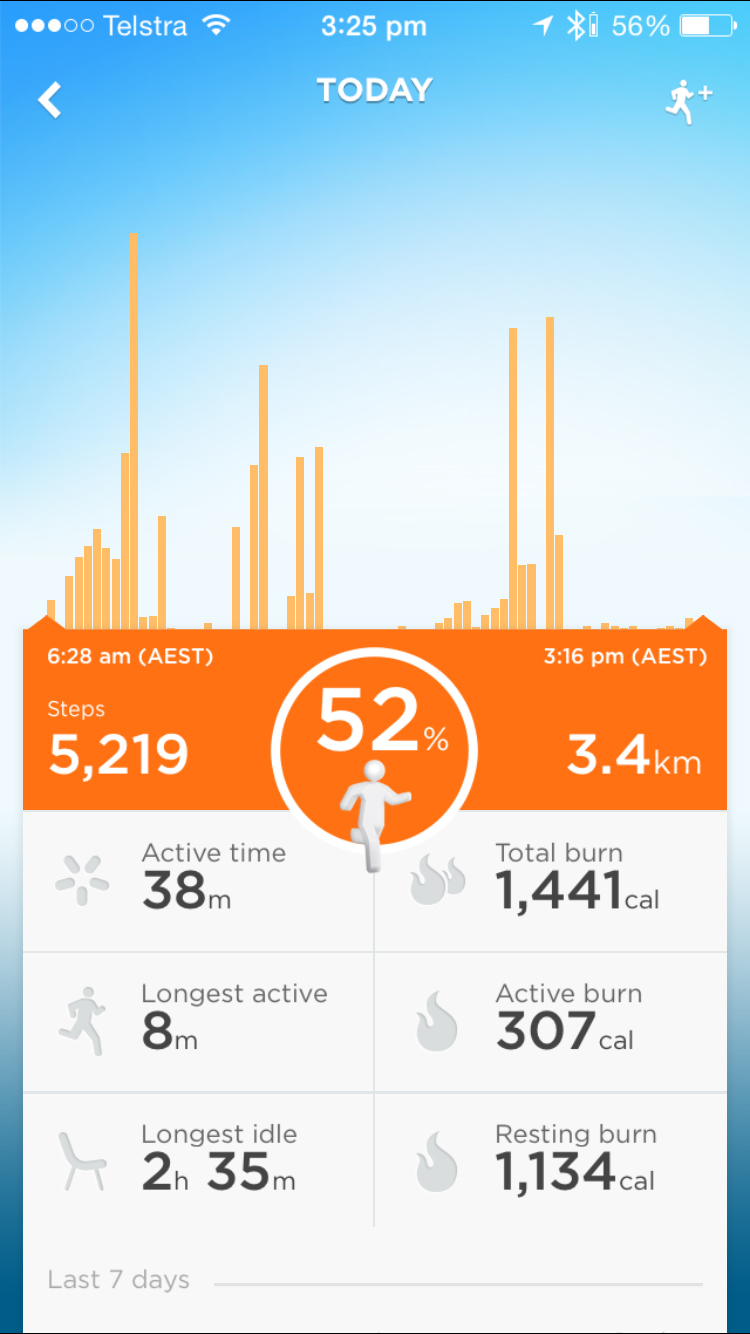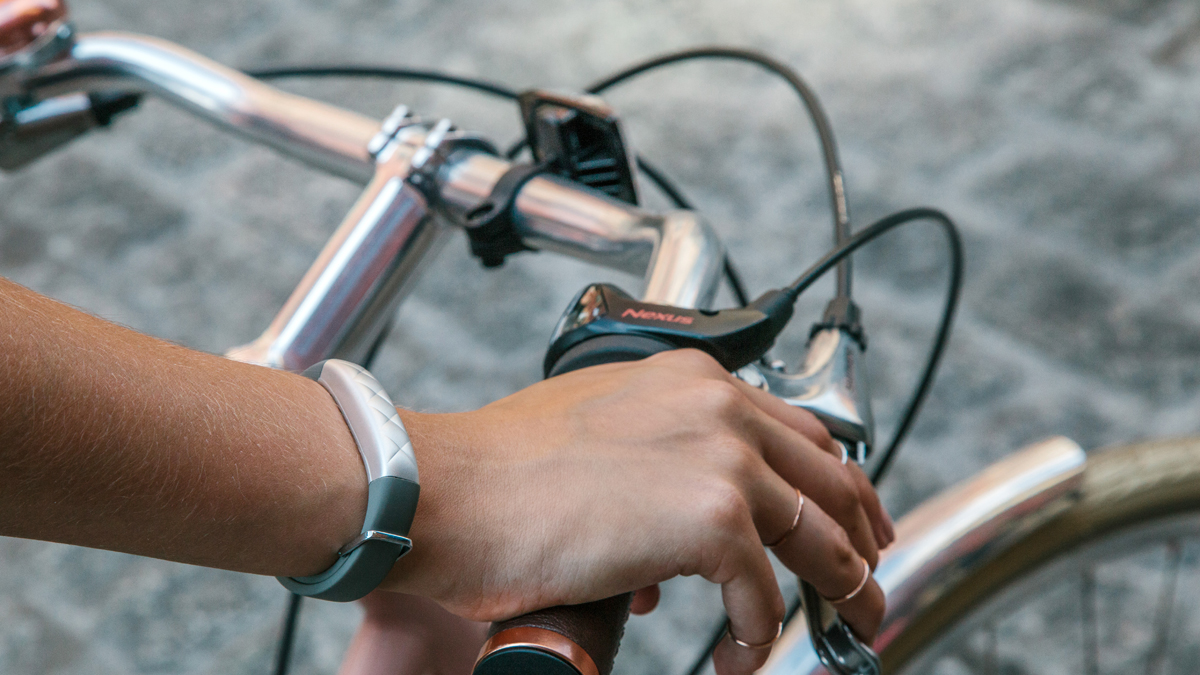Why you can trust TechRadar
Compatibility
Like its predecessor, the Jawbone UP3 uses Bluetooth 4.0 to pair to your smartphone, so there's a better than average chance it's not going to work with your older smartphone from the get go.
On the iOS front, you can get the UP3 paired to any iPhone launched since the iPhone 4S right up to the current iPhone.

The Android side of the compatibility equation is even messier. According to the Jawbone website, the UP app is compatible with most Android devices equipped with Bluetooth 4.0 and running Android 4.3 (Jelly Bean) or later
More specifically, the compatible devices were: the HTC One, HTC One (M8), HTC Droid DNA, HTC One Max, LG G3, LG Nexus 4, LG Nexus 5, Motorola Droid mini, Motorola Moto G, Motorola Moto X, Motorola RAZR M, Samsung Galaxy Grand 2, Samsung Galaxy Note 2, Samsung Galaxy Note 3, Samsung Galaxy S3, Samsung Galaxy S4, Samsung Galaxy S5, Sony Xperia Z1, Sony Xperia Z1 Ultra, Sony Xperia VC and Sony Xperia ZL.
That said, we could install the app on some more recent handsets, namely the Samsung Galaxy S6 Edge, but then couldn't actually get the device to pair with the phone, so the device list is definitely a bit up in the air.
Which obviously makes the purchasing of an UP3 for owners of newer Android devices – of which there are now dozens – a more risky undertaking.
We liked
When it comes to fitness tracker style, not many players are on the same level as Jawbone. The UP3 may have shifted how the UP bands connect to your wrist, but it still manages to exude the same Yves Behar flair of its predecessors.
The fact that the band now latches to your wrist gives it a much more resilient body, so it's less likely to break when it gets caught on a jacket sleeve.
Plus, the fact Jawbone has managed to cram so many sensors into the body of the UP3, while somehow maintaining almost a week's worth of battery life is to be commended.
We disliked
But let's face it, this isn't the ultimate 24/7 tracker we were hoping for. The fact that the UP3 has a whole range of new sensors that aren't delivering useful information, coupled with the premium price tag really doesn't add up to a device we can recommend.
With its challenging and slow-charging mechanism and the questionable Android device support, and this really doesn't feel like the step up Jawbone wanted it to be.
So far, we're also not really seeing any benefit from the additional measurements either in resting heart rate or REM sleep.
Final Verdict
There's no denying it: the UP3 feels like an incomplete product. Even subtracting the fact that it was meant to launch as a waterproof device, the fact that it includes a heap of extra sensors that don't appear to be pulling their weight means there's no real reason to buy this over an UP2 or Fitbit Charge device.
Worse still, with Jawbone stepping away from the consumer wearables market, the promised raft of extra features that were to be delivered via firmware update in the future are never going to materialise. Things like stress detection and active heart rate recording would have made this a much stronger device but that's sadly not to be.
Ultimately it's impossible to recommend the UP3 over its rivals even at a knock-down price. Even when it had a company support behind it, it still lacked knock out features that could truly help provide you with insight into your health.
First reviewed: July 2015
